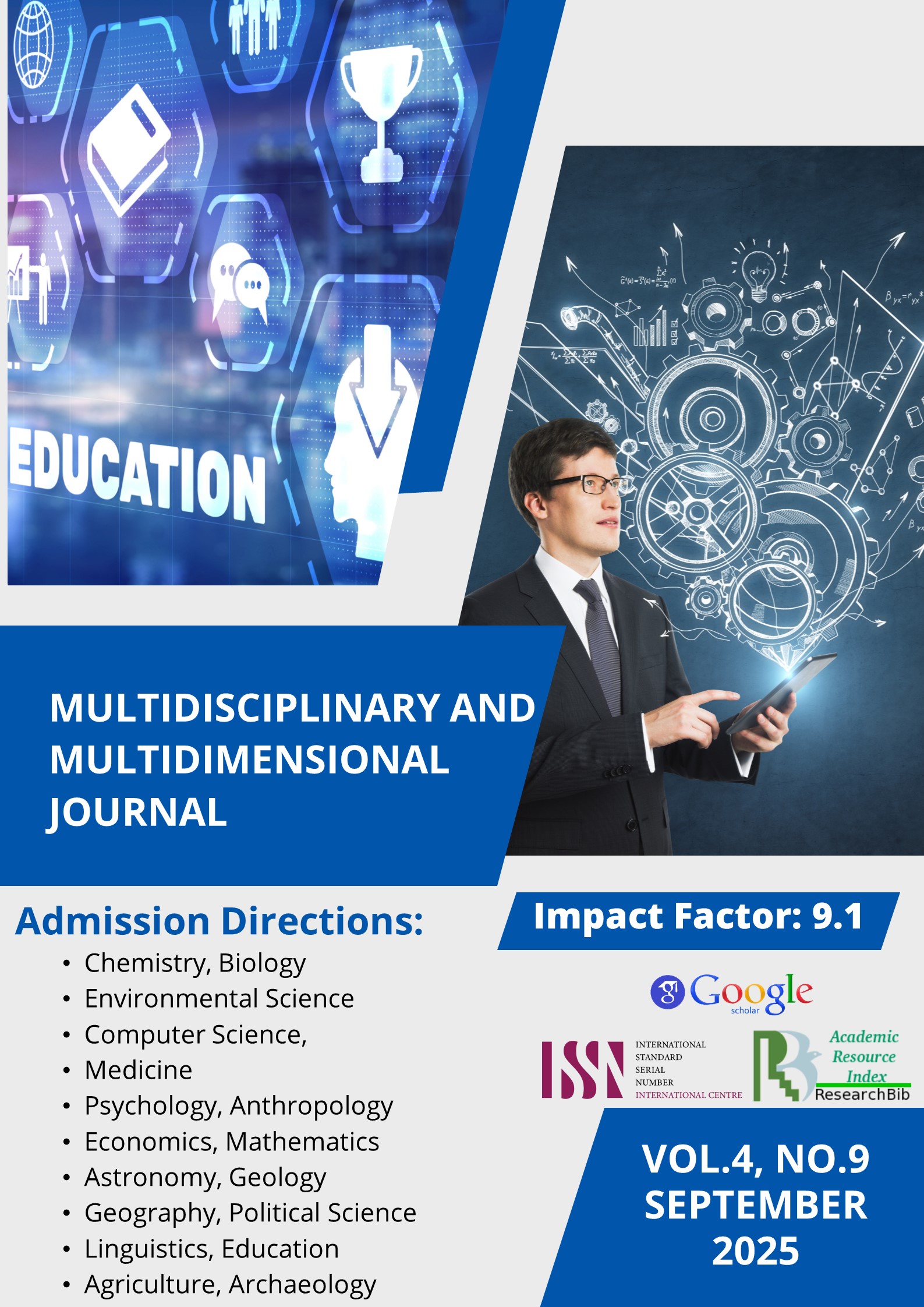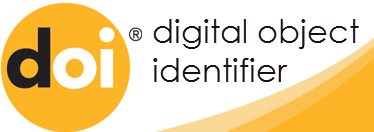AN INTERDISCIPLINARY EXPLORATION OF LINGUACULTURE IN MODERN LINGUISTICS
Keywords:
linguaculture, culture, language, cultural identities,, modern linguistics,Abstract
Linguaculture, a term that aims to reveal aspects about, and facilitate ways of thinking about and understanding, the interconnectedness of language and culture, is the focus of this article. It examines the development of linguaculture in modern linguistics, considering both its theoretical foundations and methodological frameworks, as well as its practical applications. The significance of linguaculture lies in understanding language and culture as one, and in what this implies for intercultural communication and language teaching. As it is a relatively new concept in modern linguistics, primarily due to rapid globalisation, this understanding is fundamental.
References
Katan, D. (2016). Translating cultures: An introduction for translators, interpreters and mediators (3rd ed.). Routledge.
Kramsch, C. (2011). The symbolic dimensions of the intercultural. Language Teaching, 44(3), 354–367. https://doi.org/10.1017/S0261444810000431
Pavlenko, A. (2014). The bilingual mind and what it tells us about language and thought. Cambridge University Press.
Risager, K. (2006). Language and culture: Global flows and local complexity. Multilingual Matters.
Thorne, S. L., Black, R. W., & Sykes, J. M. (2009). Second language use, socialization, and learning in Internet interest communities and online gaming. The Modern Language Journal, 93(Supplement 1), 802–821. https://doi.org/10.1111/j.1540-4781.2009.00974.x











